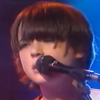Strap in kiddos, here's my graham4anything style analysis of the covers BTD and LFL.
BtD vs LfL Cover Analysis
Album Titles
As it's been discussed previously, Lust for Life is probably a play on Born to Die. Both titles feature a verb (if you take "lust" to be an imperative verb rather than a noun), its preposition, and the object of that preposition. Born in order to Die. Lusting in pursuit of Life. There is also a clear semantic contrast between "die" and "life". They're opposites and highlight an opposing focus to ones ideological outlook on life- Am I living just to die, so that my focus is on death? Or am I living for the sake of life, so that my focus in on life? These contrasts probably inform us a bit about the direction Lana is going to take in this album.
Covers in Comparison
A few comparisons can be made which lead me to believe that the LFL cover is an intentional harkening to the BTD cover. They both feature Lana standing forward, facing and looking into the camera, in front of a car. Other users here have pointed out that the car appears to be a similar kind to the one on the BTD cover. In both covers she takes up about the same amount of space. Both covers also feature a similar color scheme, with Lana in white, against a blue background. To me these similarities make it clear that she is trying to evoke BTD for a purpose which we will further explore.
Covers in Contrast
Styling
In the BTD cover, we see Lana in a clean, buttoned up white blouse, perfectly styled hair, large earrings and reddened lips. These details give Lana a clean, manicured look. In contrast, the LFL cover features a lace dress, a more neutral lip, and daisies in the hair, which are placed asymmetrically. This creates a less crisp look, more organic and inviting, less cool and composed. Besides the daisies, the LFL cover features no ornamentation either (like jewelry). In contrast with the large shining earrings on the BTD cover, this would signal a turn away from opulence (which hasn't really been a theme since UV).
Lighting
In the BTD cover, the photographer relied on natural lighting for the shoot. Natural lighting creates heavier shadows, putting a good portion of Lanas face in shadow. A shadowed face appears more mysterious. In contrast, on the LFL cover Lana's face has been fully illuminated, and there is little shadowing anywhere on her face. This makes her appear less mysterious, more open, more "transparent" (perhaps a response to years of journalists badgering about "the MYSTERY of lana del rey").
Font
The BTD cover makes use of what we've come to know as "her" font, the tall, unadorned, statuesque trademark font. The font is very utilitarian- it has no flourishes at all. It appears cold and uninviting. Contrast with the LFL font which is full of flourishes and personality. This adds a more personal touch to the cover, and makes it appear more genuine and inviting.
Tone
In the BTD cover, Lana looks directly into the camera, impressively unexpressive. There is no indication of emotion on her face, so we rely on other cues to determine the tone of the cover- the heavy shadows, the tight styling, etc. On the LFL cover, Lana looks right into the camera and smiles. This very obvious indicator of emotion causes us to look to her to determine the tone of the cover- which would appear to be a happy one.
In Conclusion
The comparisons between these covers give us the impression of an evocation of a previous era, but more importantly, the contrasts inform us as to what this evocation means. I believe that Lana intends to give us an album that is antithetical to Born to Die, with an emphasis on life rather than death, on purpose versus futility. Styling and tone choices lead me to believe that this album will attempt to be more genuine, less manicured, and more approachable than previous works.
Why the border?
My theory on the border is that it's supposed to look like a polaroid or like we're looking into a television screen, but I'm honestly not sure.


